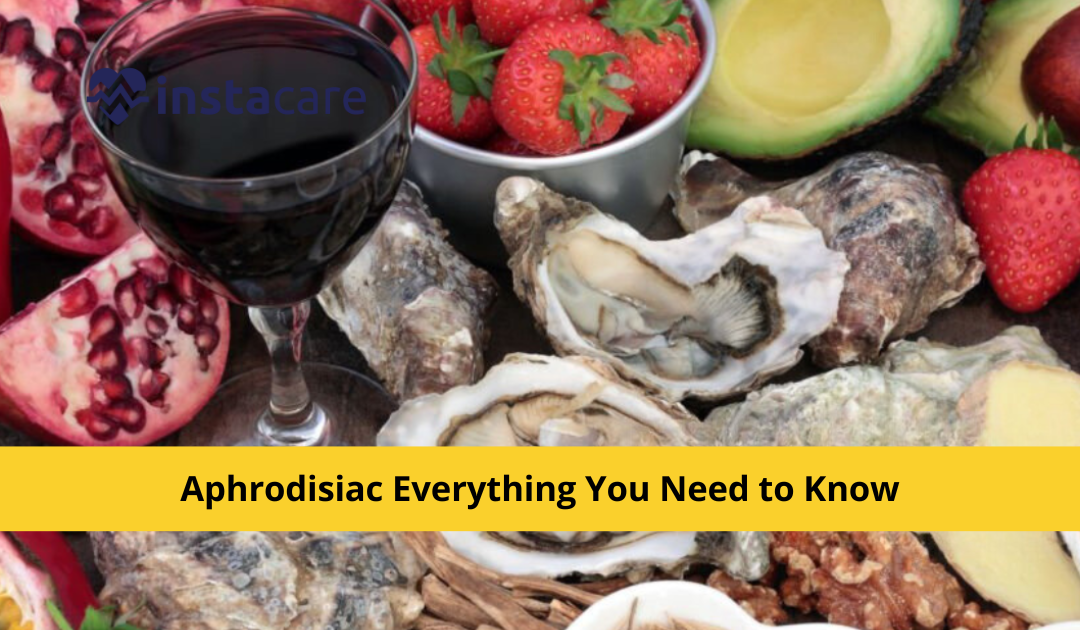Aphrodisiacs have intrigued humans for centuries,
captivating our imaginations and sparking curiosity about their mysterious
powers. These substances, both natural and man-made, have gained a reputation
for enhancing desire, arousal, and sexual performance. In this comprehensive
guide, we will delve into the world of aphrodisiacs, exploring their history,
types, scientific basis, and cultural significance.
Historical Perspective
Aphrodisiacs have a rich history dating back to ancient
civilizations. Greeks and Romans believed in the powers of herbs and foods like
oysters, honey, and ginseng to ignite passion. Similarly, Ayurveda, traditional
Chinese medicine, and indigenous cultures have long incorporated aphrodisiacs
into their practices. This historical context highlights the enduring
fascination with these substances.
Natural Aphrodisiacs
Herbs and Spices: Certain herbs and spices, such as ginkgo
biloba, maca root, and saffron, have been associated with increased libido and
improved sexual function due to their potential to enhance blood flow, balance
hormones, and reduce stress.
- Foods: Oysters, chocolate, and watermelon are popular
natural aphrodisiacs. Oysters are rich in zinc, which supports testosterone
production, while chocolate contains phenylethylamine, a compound linked to
feelings of love and pleasure. Watermelon contains citrulline, which can boost
blood flow.
- Aromas: Scents like lavender, ylang-ylang, and jasmine have
been used in aromatherapy to create a sensual atmosphere and stimulate desire.
Psychological Factors
The power of aphrodisiacs is often intertwined with
psychological factors. Placebo effects, cultural beliefs, and personal
associations can significantly influence an individual's response to
aphrodisiacs. The anticipation of heightened desire can, in itself, lead to
increased arousal, regardless of the actual chemical properties of the
substance.
Scientific Basis
Scientifically, the effects of aphrodisiacs are mixed. While
some substances, like Viagra, have a proven biochemical mechanism of action,
many natural aphrodisiacs lack rigorous scientific evidence. Placebo effects
can often explain their perceived efficacy. However, some compounds found in
natural aphrodisiacs, such as antioxidants and certain amino acids, can support
overall sexual health and function.
Risks And Side Effects
Consuming aphrodisiacs, especially in excessive amounts or
without proper knowledge, can pose risks. Allergic reactions, interactions with
medications, or overdose concerns should be considered. For instance, excessive
consumption of alcohol, often considered an aphrodisiac, can impair sexual
performance.
Cultural Significance
Aphrodisiacs play a significant role in various cultural
rituals and celebrations worldwide. From traditional love potions to modern-day
romantic dinners, these substances symbolize love, desire, and intimacy. They
are often used to mark special occasions and strengthen the emotional
connection between partners.
Modern Aphrodisiacs
In today's world, modern science and technology have given
rise to pharmaceutical aphrodisiacs like Viagra and Cialis, which have
revolutionized the treatment of erectile dysfunction. These medications work by
enhancing blood flow to the genital area, facilitating erections, and improving
sexual performance. While they have proven efficacy, they also come with
potential side effects and should be used under medical supervision.
Alternative Practices
Beyond traditional aphrodisiacs, alternative practices such
as Tantra and mindfulness techniques have gained popularity. These approaches
focus on enhancing sexual pleasure through emotional connection, communication,
and mindfulness rather than relying solely on external substances. They promote
holistic well-being and a deeper understanding of one's body and desires.
Ethical And Cultural Considerations
The use of aphrodisiacs raises ethical questions. Some
critics argue that their promotion can create unrealistic expectations and
pressure individuals to conform to a specific standard of sexual performance.
Additionally, the overharvesting of certain natural aphrodisiacs can threaten
ecosystems and indigenous cultures.
Moreover, cultural attitudes toward aphrodisiacs vary
widely. In some societies, openly discussing sexual desire and using
aphrodisiacs is encouraged, while in others, it may be considered taboo. It is
essential to respect cultural norms and engage in open, informed conversations
about aphrodisiacs in a way that aligns with individual values and beliefs.
The Future Of Aphrodisiacs
As scientific research continues to advance, we may gain a
better understanding of the potential benefits and risks of various
aphrodisiacs. This could lead to the development of more effective and safer
options. Additionally, the integration of technology, such as wearable devices
and virtual reality, may provide new ways to enhance intimacy and desire in the
future.
Conclusion
Aphrodisiacs remain a captivating aspect of human sexuality and culture. While their scientific validity may vary, the psychological and cultural significance of these substances cannot be denied. Whether through their historical relevance, natural origins, or placebo-driven effects, aphrodisiacs continue to evoke desire and fascination, reminding us of the complex interplay between mind, body, and romance in our lives.

